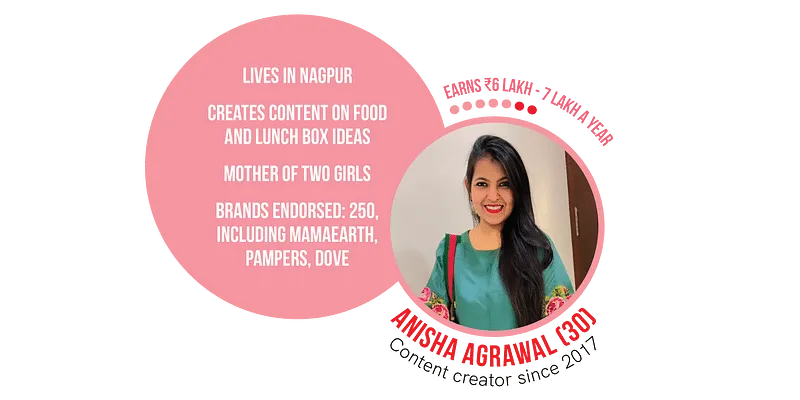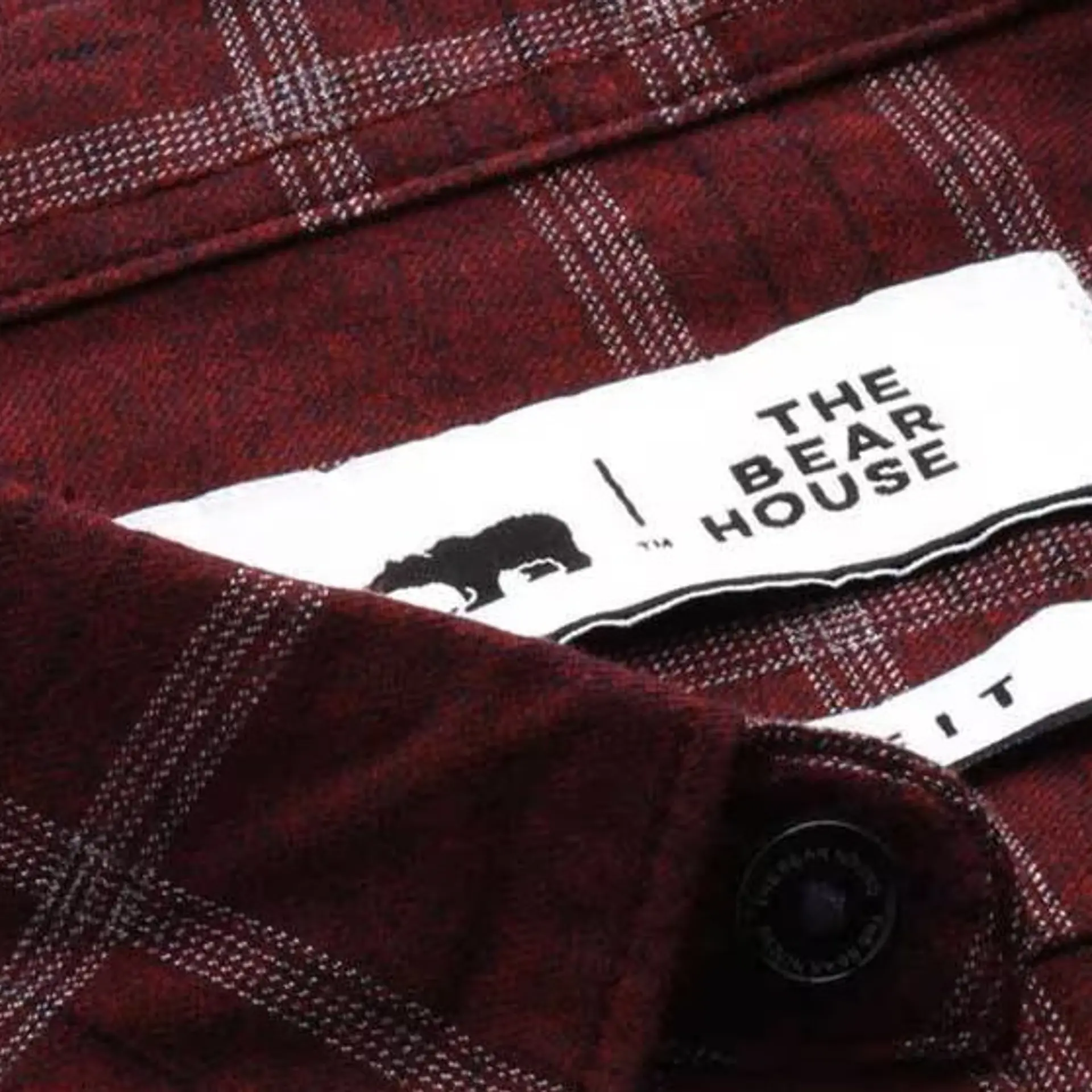The rise of momfluencers and why brands love them
From cooking and childcare videos to satirical reels and parenting tips, mom content creators are engaging with a niche audience in interesting ways. They not only have a loyal set of followers, but they are also attracting brand partnerships and monetising their content—steadily but surely.
When Sneha Paliwal Tiwari left her job in fashion merchandising to be there for her newborn, she took to posting pictures of her baby on social media. But she didn’t give her newfound interest much thought until her posts started creating serious social media buzz.
“She was a very cute baby and I really liked posting her pictures. It generated a lot of likes,” Sneha tells YourStory. “But I did not know you could make money from putting out pictures.”
And that’s exactly what several momfluencers, or mom creators, if you like, are doing today—making money by posting pictures and videos for brands.
The engagement with the content Sneha initially posted on social media helped her understand that content creation was right up her alley.
As a fulltime mother, she had her hands full—with chores at home and taking care of her baby. But in the limited free time that she had, she enjoyed dabbling with filters and frames and creative captions.
While she could no longer travel long distances for work, content creation was something she could manage right from home, with the tools at her disposal.

So, in 2017, she took content creation more seriously and started posting videos on motherhood and lifestyle—and found an audience among women and other mothers.
Like Sneha, Stuti Agarwal too had to quit her job, as a journalist, to be with her children and found solace in content creation.
She started as a freelance content writer and gradually moved to posting videos and pictures on Instagram in 2019. Currently, Agarwal has about 115,000 folks on Instagram following her parenting advice.
Manisha Ramsisaria lost her job in 2020 during the pandemic. As a new mother, she found it hard to find another job immediately. That’s when she turned to social media.
In 2021, she began posting short satirical videos on newly-wed daughters-in-law on Instagram. Initially, her videos had just a few hundred views. But over time, her reels began to attract a lot of attention, with some even raking up more than a million views.

The money started flowing in when mothers were approached by brands for collaborations and partnerships.
Momfluencers or mom creators have finally arrived with several brands across categories such as consumer brands, home electronics, and fashion, as well as digital-first brands, approaching them for content creation engagement.
Why mom creators?
The pandemic-led digital adoption led to a spurt in consumption of short-form content and videos, accelerating the creator economy in the country.
There are about 80 million creators and knowledge professionals in India; and of them, only about 150,000 professional content creators are able to monetise their services effectively, according to a report by Kalaari Capital. This is certainly set to grow in the days to come.
Mom creators are a specialised segment among content creators, with a niche community of followers—who are usually mothers themselves. This helps brands target an engaged audience and get better returns on their investment.
Mumbai-based food firm Wholsum Foods, which owns and whole grain vertical Millé, leveraged the nascent mom creator community early on in 2016.
“We have been one of the very first users of Slurrp Farm and started talking about it, and look where it has reached today,” points out content creator Stuti Agarwal.

Wholsum Foods has raised a total of $10 million across multiple rounds of funding.
About two months ago, Happilo ran a social media campaign for a new product and collaborated with about 80 influencers, including around 30 mothers—with whom the company saw a high engagement rate. Now it is planning to leverage more mom creators for another social media campaign.
“We got the highest number of page visits through the community of mom creators. They have highly engaged followers, and if they like the product, they also end up becoming repeat customers,” observes Nikita Aggarwal, Deputy General Manager (Marketing), Happilo International.
While mom creators don’t usually amass followers in millions like macro creators do, Nikita says their followers (usually around 1 lakh– 5 lakh) on Instagram have a higher engagement rate. They cater to the community of millennial mothers looking for suggestions and recommendations for their babies.
Brands love momfluencers because mothers typically have a big say in running the household.
“If it is things like grocery, electronics, baby products, and sometimes even a car—a mother in the family will either be the purchaser or her decision will be taken into serious consideration,” notes Stuti.
Mom creators are also seen as trustworthy by followers and consumers.
Shradha Agarwal, Co-founder and CEO of digital marketing agency Grapes Digital, says while new mothers earlier raised their children in big families, the family structure is now nuclear. This means they don’t have much help or trusted advice to fall back on.
“Hence, through an online community, they can get a lot of doubts solved and they take the recommendations seriously because that product is something they would give to their own kids,” she explains.
The word spreads quickly in the mom community if a product works for a follower’s child. This recommendation mechanism retains the old customers and also brings in new buyers for a brand.
Creators say they do not endorse a product unless they have actually used it to maintain authenticity with their followers.
“I use the products of brands I am partnering with to make my breakfast and my kids’ school lunches, and shoot the videos simultaneously in real-time,” says Anisha Agrawal, a Nagpur-based mom creator. This helps build trust with her followers and keeps her follower count intact.

Mom creators also have frequent engagements with their followers, making the community a tight-knit one. About half a dozen mommy creators YourStory spoke to say they are often up late in the night answering queries coming from other mothers in their community.
Money matters
The pandemic dealt a huge blow to women’s participation in the workforce. Even before the pandemic, many women were opting out the workforce due to domestic responsibilities including child care.
But now—especially in urban India—thanks to the massive popularity of Instagram Reels and homegrown short video platforms like Moj, new mothers—who may otherwise find it difficult to get a job—can attain financial independence by being a content creator.
The booming internet economy is slowly opening up decent earning opportunities for new mothers, who otherwise would have completely dropped out of the workforce.
The creator economy, in particular, has given a window of opportunity for women to earn money from home. The income of mom content creators depend on multiple factors such as frequency of posting videos, number of followers, engagement, and past collaborations.
A couple of creators YourStory spoke to, who have been active content creators for the last 5-6 years, say they earn Rs 10 lakh-Rs 18 lakh almost every year.
“The amount could be much higher for different kinds of creators. It also depends on the brands they are working with. Some brands pay more than others,” says Apaksh Gupta, Co-founder and CEO of creator marketplace platform One Impression.
The creator economy in India is estimated to have grown to around Rs 1,300 crore in the last couple of years. As the creator ecosystem in the country expands, mom content creators are bound to find newer and more innovative ways to engage with their audience and monetise their content as well.
Edited by Kanishk Singh and Swetha Kannan











